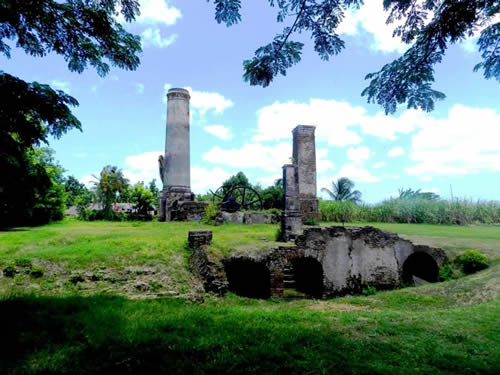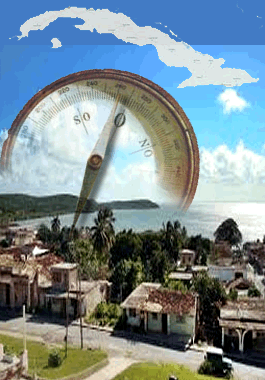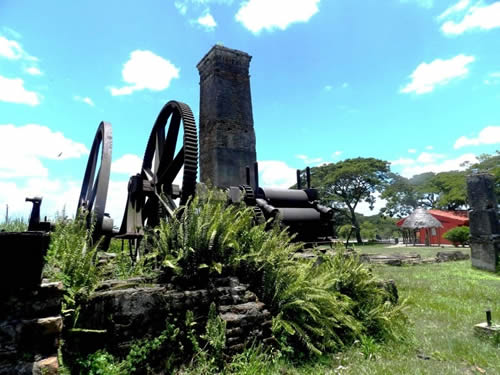 Oct, 2024.- At the end of the 18th century, Francisco de Quesada y Agüero built the Santa Isabel sugar mill at the bottom of Jibacoa, now a local heritage site, about five kilometers from the Camagüey-Nuevitas road, an exceptional testimony of the colonial sugar industry.
Oct, 2024.- At the end of the 18th century, Francisco de Quesada y Agüero built the Santa Isabel sugar mill at the bottom of Jibacoa, now a local heritage site, about five kilometers from the Camagüey-Nuevitas road, an exceptional testimony of the colonial sugar industry.
According to records, for several years the artifact was no more than a traction-driven sugar mill, staffed by Jamaicans in charge of producing sugar and its by-products.
In 1835 it was recognized as a “sugar mill” and by 1873 it owned 40 caballerías of land.
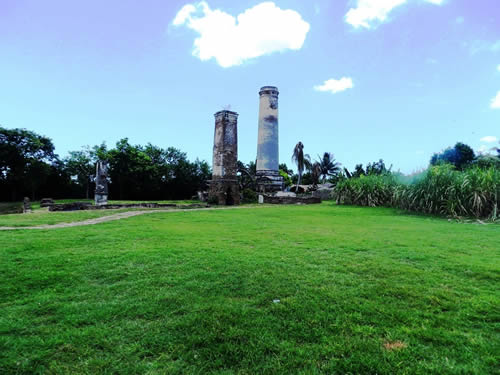
Angel Castillo Agramonte had acquired the mill and its 65 slaves in 1859 and imported a machinery from North America to increase yields in the industrial process and take advantage of the natural benefits of the mighty Saramaguacán River.
Nowadays, those who travel to the Tourist Pole of Santa Lucía beach can appreciate the ruins of the former Santa Isabel sugar mill, in the community of the same name, in the north of the city of Camagüey, once village of Santa María del Puerto del Príncipe.
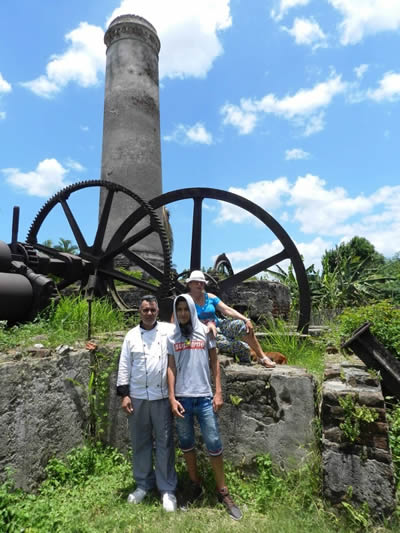
The clients are fascinated by the espresso coffee that is accompanied, instead of a spoon, by a small piece of sugar cane, harvested a few meters away from this gastronomic center of the Palmares company.

It is stated that "Santa Isabel was attacked with cannons by the Count of Balmaceda, Blas Villate de las Heras, in the first days of December 1868, after the battle of Bonilla on November 28 of that year; Angel Castillo himself and his cavalry forces harassed the enemy column in the vicinity of its passage towards Nuevitas.
"Ángel Castillo was promoted to the rank of Major General of the Liberator Army during the war of 1868 and fell in combat after faltering the Trocha from Júcaro to Morón, on September 9, 1869".
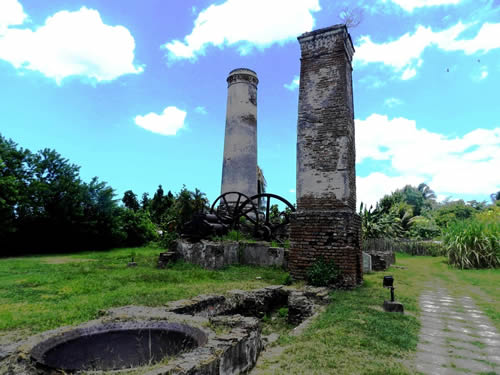
The construction still preserves its foundation system, the support walls of its machinery, underground walls and kettles, as well as its towers or steam chimneys. The Santa Isabel sugar mill, which has become a tourist attraction in the region, is visited by thousands of people during the summer season due to its historical and cultural interest and its proximity to the Saramaguacán River, which flows about twenty kilometers away into the Bay of Nuevitas.
